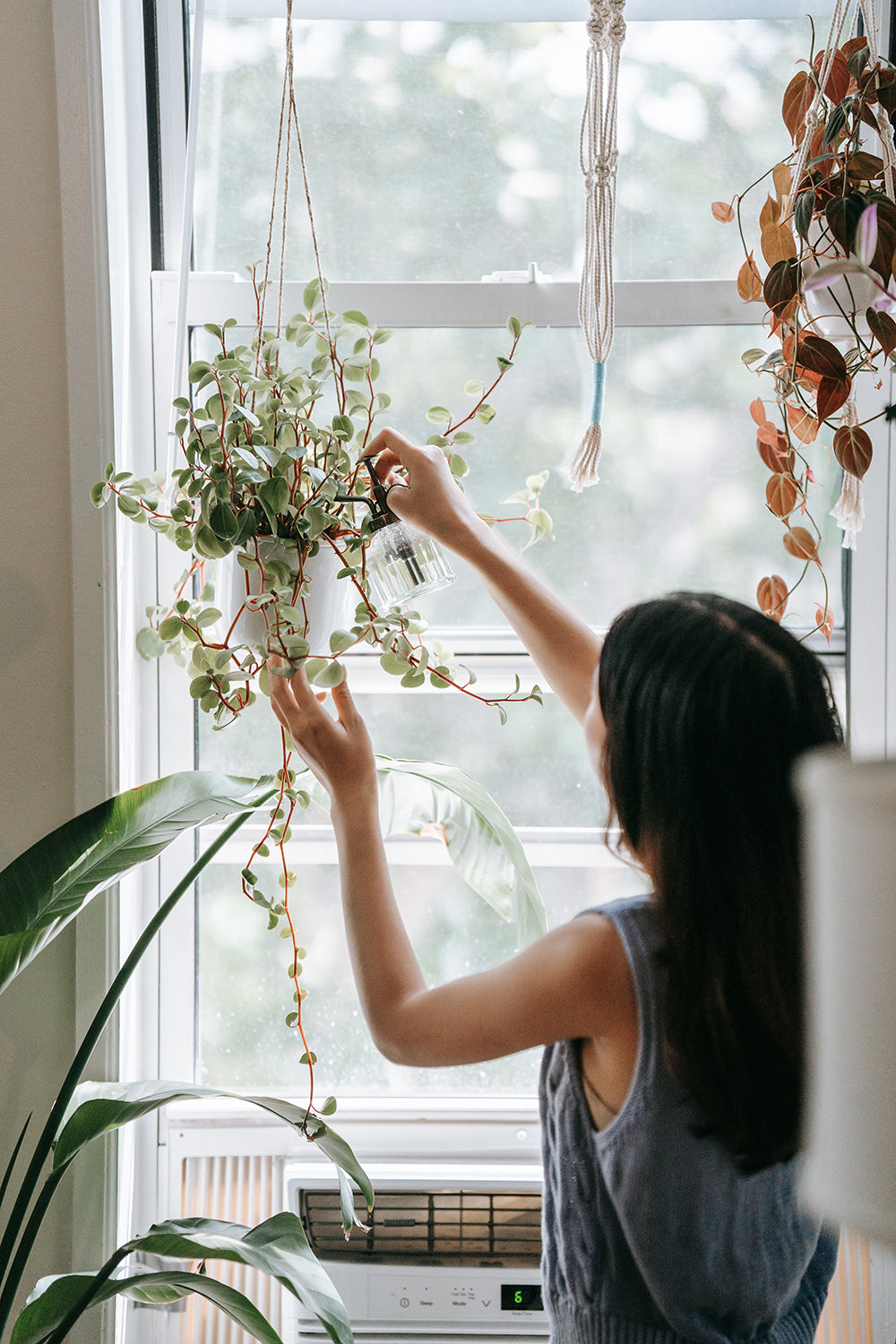
Five signs that you’re overwatering your plants
Watering is one of the most important plant care tasks, but it can also become one of the most stressful chores when your plants are in decline. Changes in season or conditions in the plant’s environment can affect how thirsty your plant is, and providing too much water can impact its health. Even experienced gardeners aren’t immune to improper watering, and knowing the diagnostic signs for overwatering is important plant care knowledge.
Yellowing Leaves
Though yellow or brown leaves can occur for many reasons, overwatering is a common culprit. Leaves can also yellow, for example, when they are sunburnt or receive physical damage - typically those leaves will become crispy and brown only in the affected areas. Overwatered leaves will become soft and limp allover, and a leaf turning yellow completely is a major sign of overwatering! Be sure to clip yellowing leaves off as you wait for the plant to bounce back from the recent overwatering.
Leaf Loss
While plants drop leaves to communicate many different needs, overly wet conditions can be a key factor. If your plant is experiecinging significant leaf loss, it’s very possible that your plant has been overwatered. Old leaves will also typically yellow before dropping, while new leaves might become stunted in their growth before falling. Some leaf loss is normal with all plants, but you’ve likely overwatered if you are losing old yellowing leaves and new growth at the same accelerated rate.
Wilting
Wilting often suggests that there is a moisture issue for your plant, though many plants wilt when they’re thirsty. If your plant looks wilted and continues to look wilted well after watering, it’s likely that it has been overwatered. Assessing your plants before you water will help avoid wilting by overwatering, even if you prefer to keep your plants on a watering schedule.
Blistering or Edema
Oversaturation can lead to a build up of water pressure in the cells of plants when roots absorb more water than the plant can actually use, typically known as Edema. Once these cells burst, blisters form in their place and erupt leaving lesions on the plant on the tops and undersides of leaves and sides of stalks. Use a well-draining potting medium and avoid overfertilizing sensitive plants to keep edema from affecting plants.
Root Rot
The signs of overwatering can be seen easiest in the leaves and stalks, but it impacts the roots most significantly. When the soil is dense with water, plants are less capable of breathing and can end up with root rot. Root rot is a fungal infection where roots cannot breathe and turn either gray or brown, and can become slimy. If your plant has root rot, it’s best to unpot the plant, remove the section that has rot so it will not spread to other parts of the root system, and repot with new soil.
Though the effects of overwatering can be addressed, it can be a significant source of stress for your plants. Make sure to assess your plants prior to watering by sticking your finger in the soil or using a moisture meter. If you constantly struggle to know when to water, consider choosing plants like pothos or peace lilys that droop considerably when they’re thirsty so you can wait for a visual indicator. If watering plants infrequently sounds more manageable, try keeping cacti or snake plants instead.

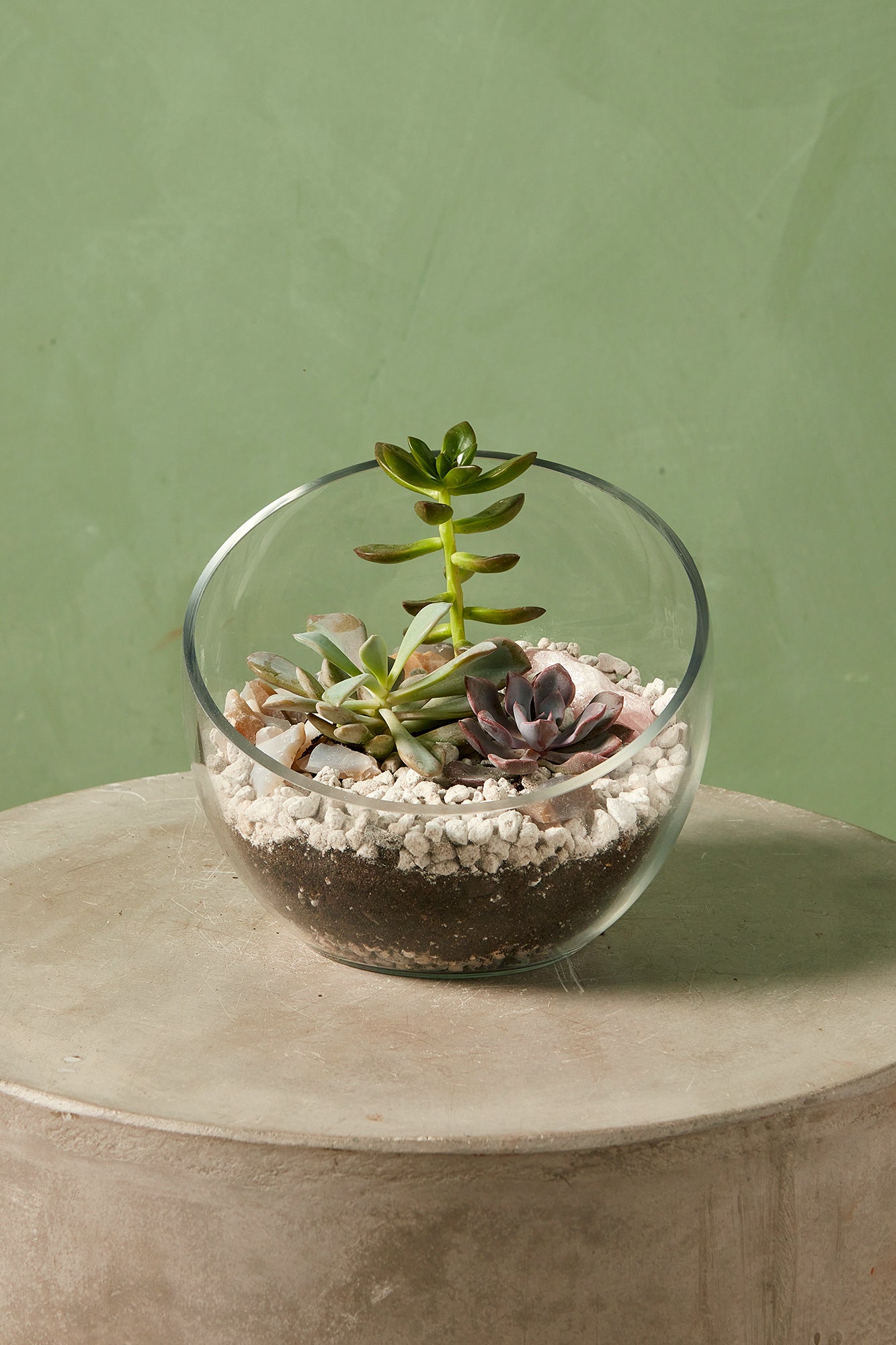
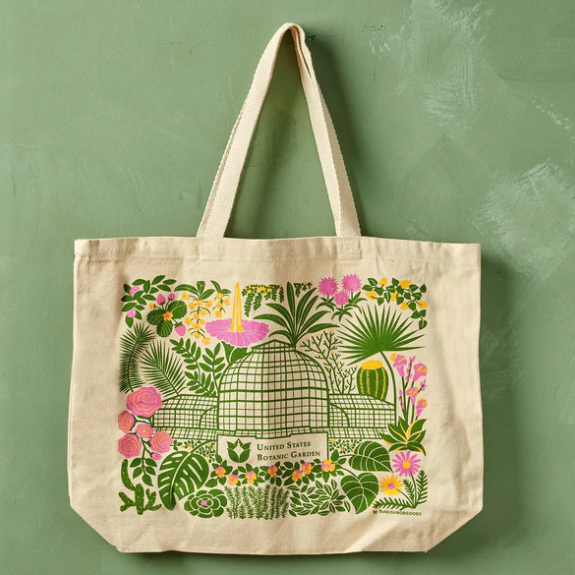
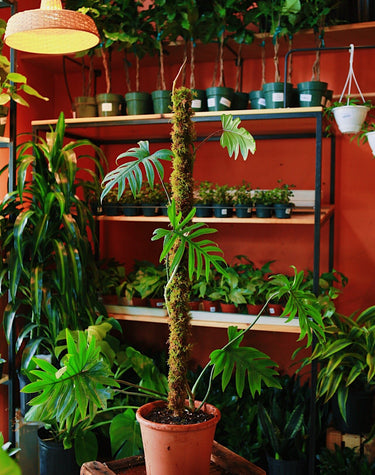
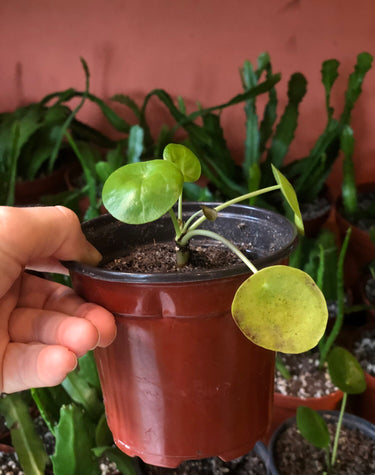
Leave a comment
This site is protected by hCaptcha and the hCaptcha Privacy Policy and Terms of Service apply.